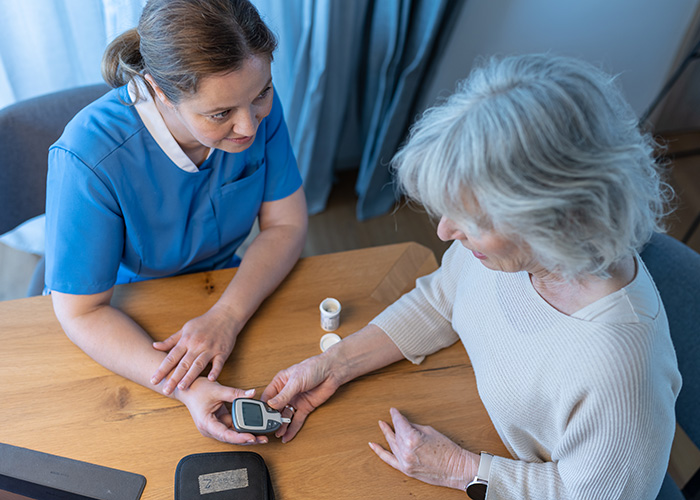Adjusting to Life with Parkinson’s Disease

Receiving a diagnosis of Parkinson’s disease can be scary and confusing. While this disease is progressive, it affects everyone differently. There are similarities in symptoms that individuals experience, but the severity and speed of progression can vary from one person to the next. There are a variety of ways that you can learn to adjust to life with Parkinson’s disease while still making the most of every day.
Work with a Specialist
Go right to the experts and find a provider who specializes in Parkinson’s disease. Talk through your diagnosis so you understand what to expect, how it may impact you, and what you can do to maintain your quality of life. Be open to their recommendations and trying different things to see what works best for you.
Connecting with a support group of others who are also living with Parkinson’s disease can help as well. You can talk to people who know first-hand what you are experiencing and can offer their own suggestions for things they have found helpful or that you may want to ask your doctor about.
Keep a Positive Outlook
Dealing with a chronic condition can be challenging, and feeling sad or upset about your diagnosis is normal. But instead of focusing on what might happen in the future, focus on what you can do right now. Take advantage of the abilities you currently have and continue doing the things you enjoy.
Remember that each person is affected differently, so there is no way of knowing what symptoms you will or will not develop, or how they will impact you. You can learn from others, but your journey will not necessarily look the same as theirs. If you are experiencing depression or anxiety, talk to your doctor about medications and work with a therapist.
Stay Active
Physical activity is good for your physical health and your mental health. Parkinson’s disease is often referred to as a movement disorder because it can cause tremors, rigidity, balance issues, and slowed movements (bradykinesia).
Medication can help manage symptoms and slow progression of the disease, but exercise can be a complementary therapy. Daily exercise helps strengthen your muscles and joints, improve balance and coordination, and enhance mobility. It also releases endorphins to boost your mood.
Working with physical, occupational, and speech therapists can be beneficial as well. They can tailor exercises and rehabilitation to your unique needs and goals, and this may help slow disease progression. An occupational therapist can help you learn new ways of doing things to accommodate for changes in your abilities. They can provide you with adaptive equipment and resources as well to help you maintain more independence.
Accept Help
This can be one of the more difficult things to do when living with Parkinson’s disease. As you get older and the disease progresses, recognize that there is nothing wrong with asking for or accepting help. There is also nothing wrong with saying no thank you, that you can do something yourself. Others want to be there for you and want you to be as successful and independent as possible, so let them know how they can best support you.
Partnering with an in-home care provider can be advantageous as well. Find someone who has experience working with individuals with Parkinson’s disease and understands the challenges you may face. You can adjust the level of support you receive based on your changing needs and abilities. A caregiver can be a source of motivation, support, and companionship as you navigate living with Parkinson’s.Contact Always Best Care at (480) 304-5625 to schedule a free consultation and learn more about available services and how you could benefit from in home-care in Scottsdale, AZ.





